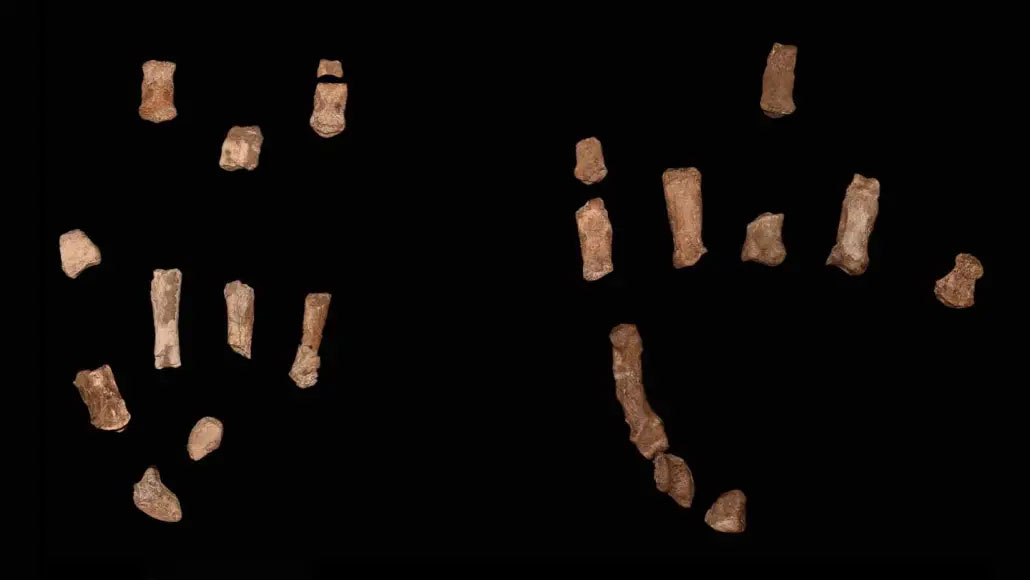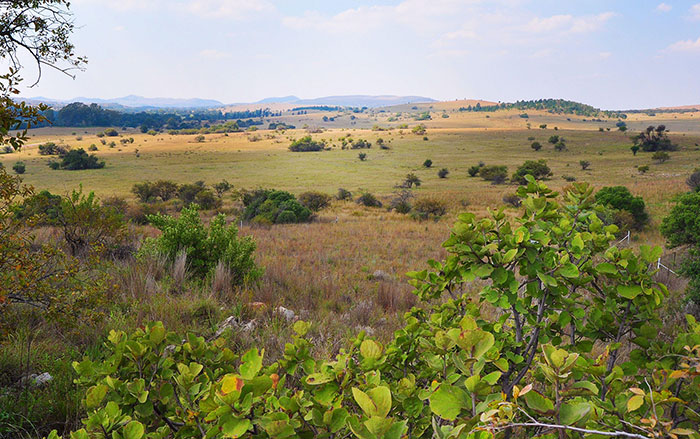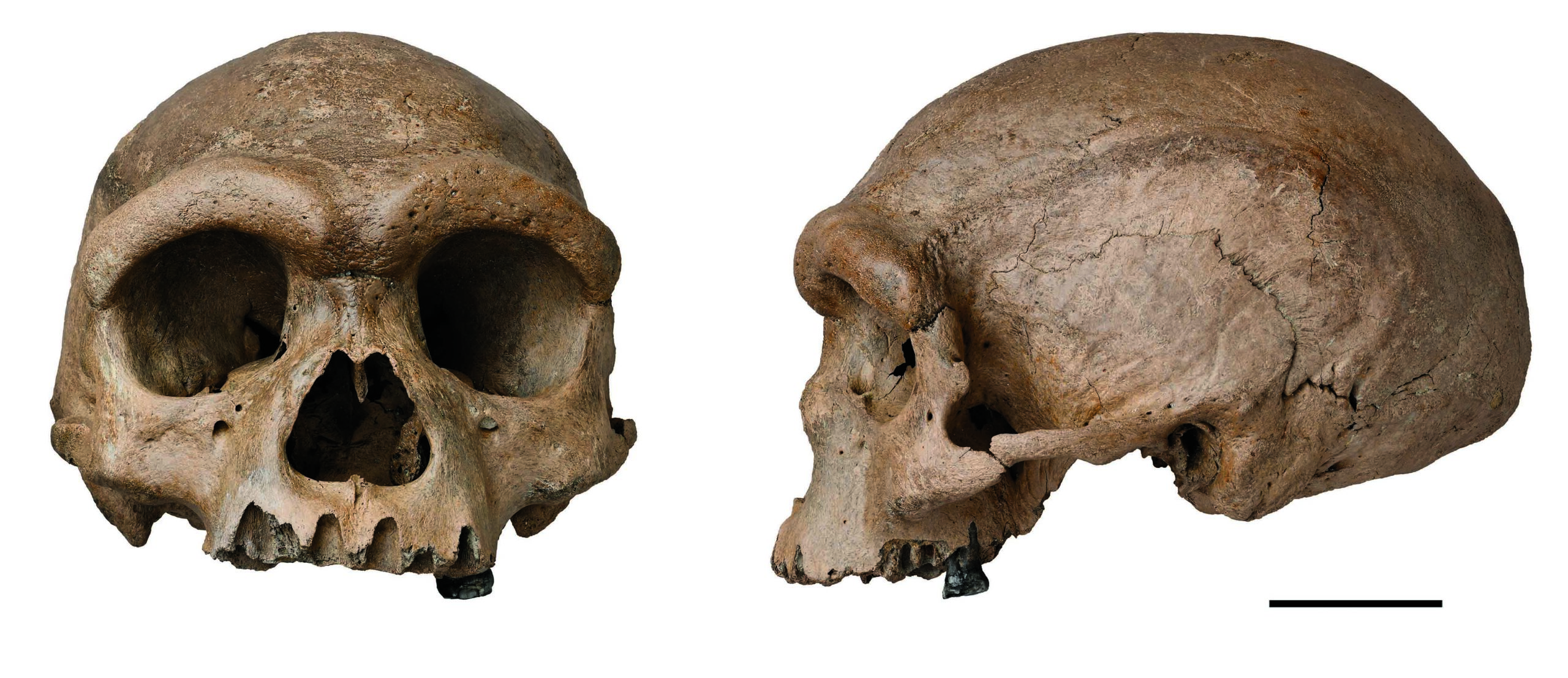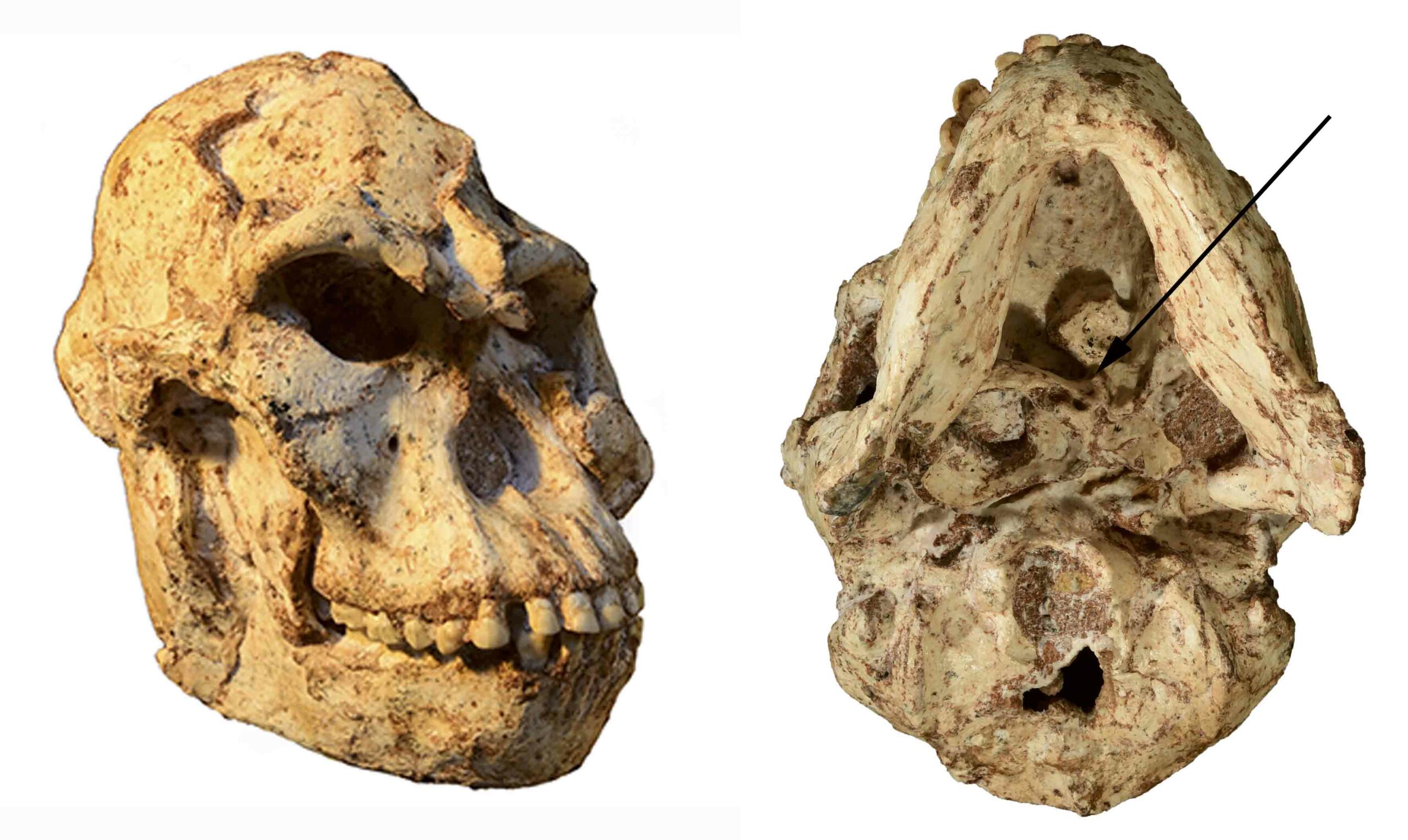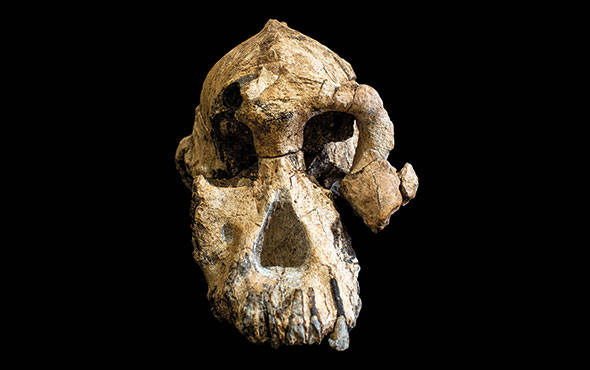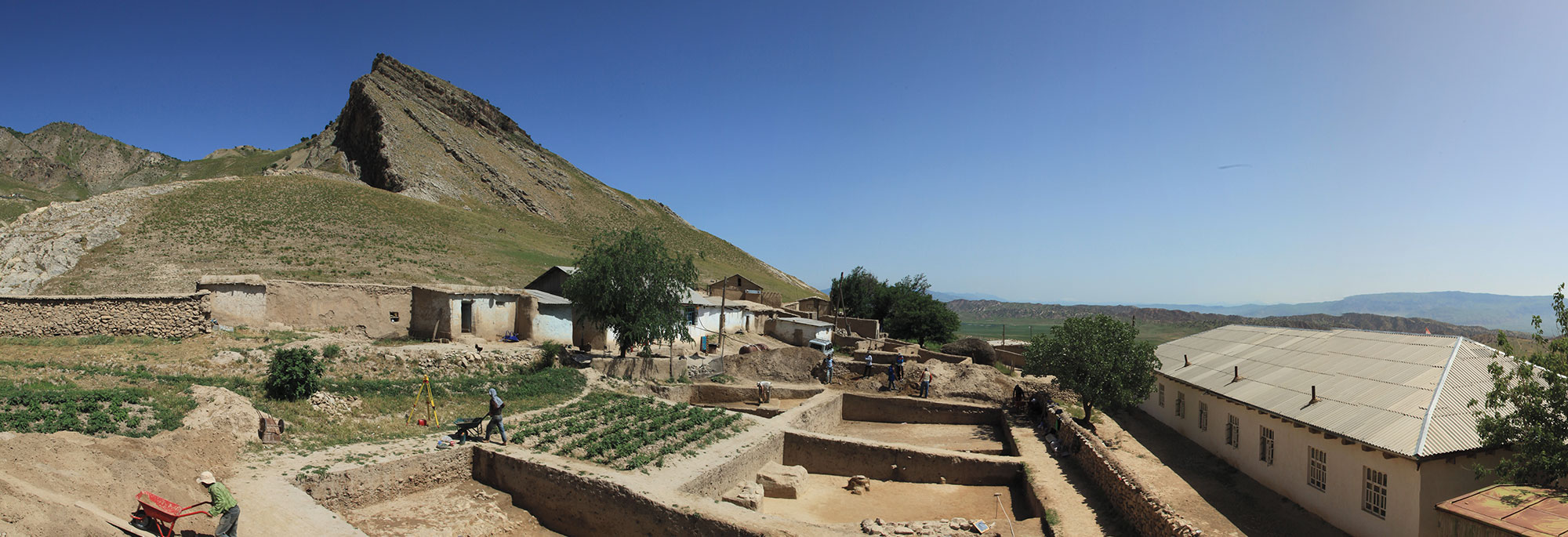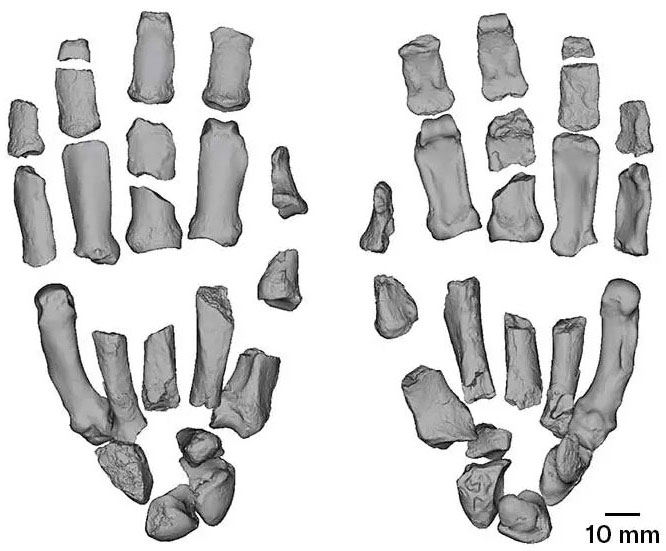
STONY BROOK, NEW YORK—According to a Science News report, a study of hand and wrist bones belonging to Paranthropus boisei by paleoanthropologist Carrie Mongle of Stony Brook University and her colleagues suggests that this 1.5 million-year-old hominid may have had a human-like grip, capable of making basic tools for cutting and pounding. The fossils in the study, in addition to skull fragments, jaw pieces, and teeth, were discovered near Kenya’s Lake Turkana in 2019 and 2021. Mongle explained that the individual’s thumb and fingers would have been able to make a human-like pinching movement, while gorilla-like traits observed in the fossils suggest that P. boisei also had a powerful grip useful for manipulating tough edible plants. The fingers and toes, of P. boisei, however, were not curved like those of modern apes who climb trees. It is not clear how the hominid walked, added team member Thomas Cody Prang of Washington University in St. Louis. “P. boisei could bend its big toe upward while walking, which is an important motion that the human foot uses when pushing off the ground,” he said. Yet the P. boisei toe was shorter than that of modern humans, indicating that its push-off motion while walking was less efficient, he said. Go to Nature to read the scholarly paper exploring this research. To read about 1.5 million-year-old tools from Tanzania, go to "The Bone Toolkit."


